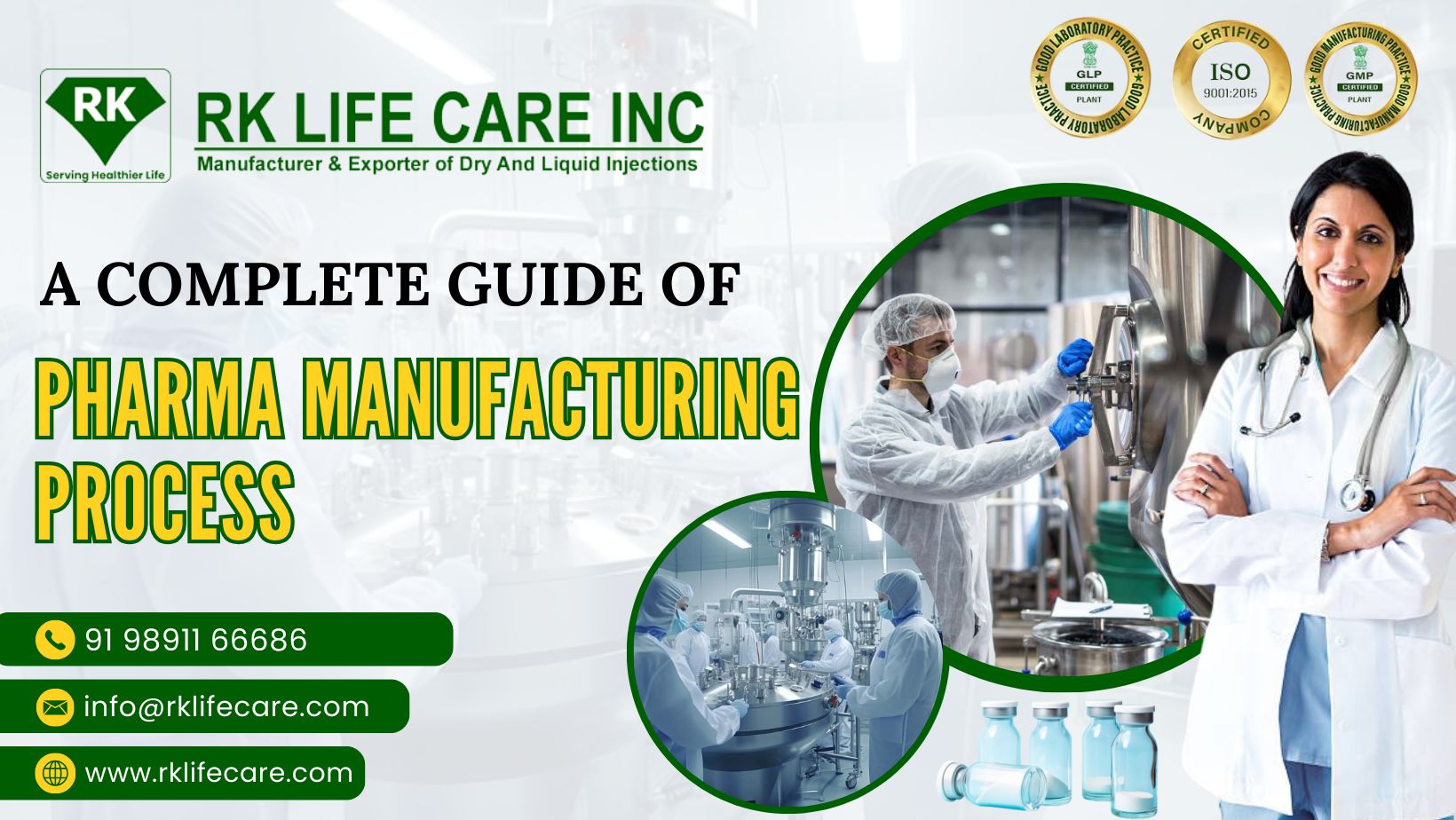
The journey of a pharmaceutical drug, from a gleam in a scientist's eye to a life-saving medication in your hands, is a complex and fascinating one. This intricate dance of science, engineering, and stringent regulations culminates in the meticulous pharmaceutical manufacturing process.
In this comprehensive guide, we'll delve into the key stages of this process, unveiling the secrets behind transforming raw materials into the potent medicines we rely on.
1. Research and Development
The adventure begins in the realm of research and development. Scientists tirelessly toil away, synthesizing new molecules, testing their efficacy and safety, and optimizing their formulation. This stage is crucial, as it lays the foundation for the entire manufacturing process.
2. Pre-formulation and Formulation Development
Once a promising candidate emerges, pre-formulation studies assess its physical and chemical properties. This information is then used to develop the optimal formulation, ensuring the drug's stability, bioavailability, and desired release profile within the body.
3. Raw Material Procurement and Quality Control
The chosen ingredients, be they synthetic chemicals or natural extracts, are meticulously sourced from qualified suppliers. Stringent quality control measures are implemented at every step, ensuring the purity and potency of the raw materials.
4. Manufacturing
The heart of the operation lies in the manufacturing stage. The specific methods employed vary depending on the drug's form (tablets, capsules, injectables, etc.) but typically involve:
-
Milling: Grinding raw materials into fine particles for uniform mixing.
-
Granulation: Forming the powdered blend into granules for better flow and compressibility.
-
Mixing: Combining the granules with excipients like binders, disintegrants, and lubricants.
-
Tablet Pressing: Compressing the mixture into tablets of the desired shape and size.
-
Coating: Applying a protective layer to the tablets for taste masking, controlled release, or moisture protection.
5. Quality Control and Testing
Strict quality control methods are employed throughout the manufacturing process. Samples are analyzed at every stage to ensure the drug meets the predetermined specifications for purity, potency, and uniformity.
Read more: The Top 7 Pharma Companies by 2023 Revenue
6. Packaging and Labeling
The finished product is then carefully packaged in child-resistant containers with clear and accurate labeling. This includes information about the drug's dosage, indications, contraindications, and potential side effects.
7. Sterilization (for Aseptic Products)
For certain drugs, particularly injectables, a sterilization step is crucial to eliminate any potential microbial contamination. This can be achieved through methods like filtration, autoclaving, or irradiation.
8. Distribution and Marketing
The manufactured drugs are then distributed through a network of wholesalers and pharmacies, finally reaching the patients who need them. Marketing and educational campaigns play a vital role in ensuring proper usage and maximizing the drug's therapeutic benefits.
9. Ensuring Quality and Safety
Throughout the entire process, pharmaceutical manufacturers adhere to strict Good Manufacturing Practices (GMP) regulations. These regulations, enforced by regulatory bodies like the FDA, ensure the consistent production of high-quality, safe, and effective medications.
10. The Future of Pharma Manufacturing
The pharmaceutical industry is constantly evolving, embracing technological advancements to improve efficiency, accuracy, and personalization. Automation, continuous manufacturing, and the use of artificial intelligence are just a few examples of how the future of pharma manufacturing is shaping up.
Conclusion
The pharmaceutical manufacturing process is a remarkable feat of human ingenuity and dedication. It's a testament to the tireless efforts of scientists, engineers, and countless other professionals who work behind the scenes to bring life-saving medications to patients worldwide. By understanding this intricate process, we gain a deeper appreciation for the incredible journey that each pill or vial takes before reaching our hands.
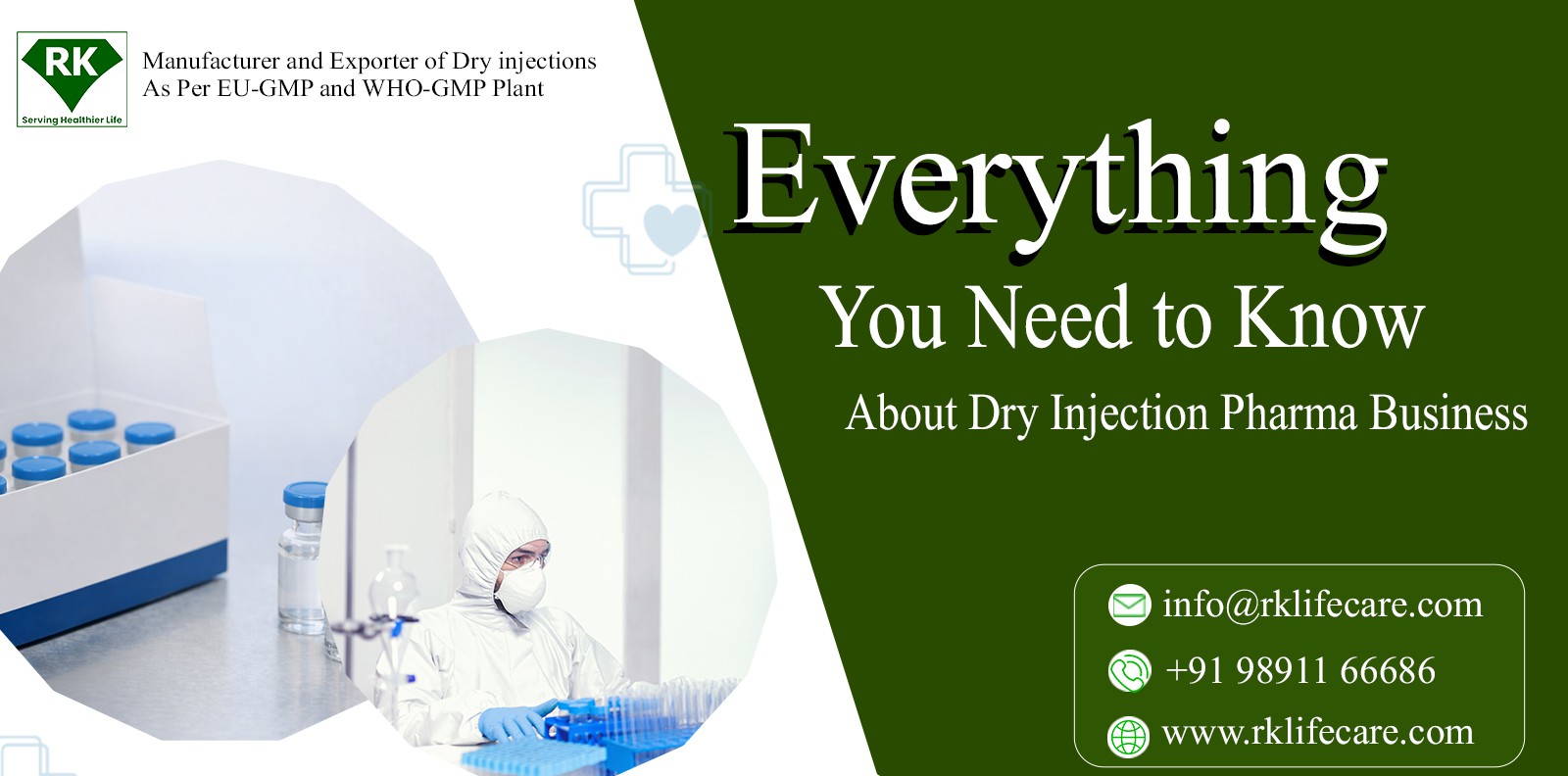
08 Jan 2026
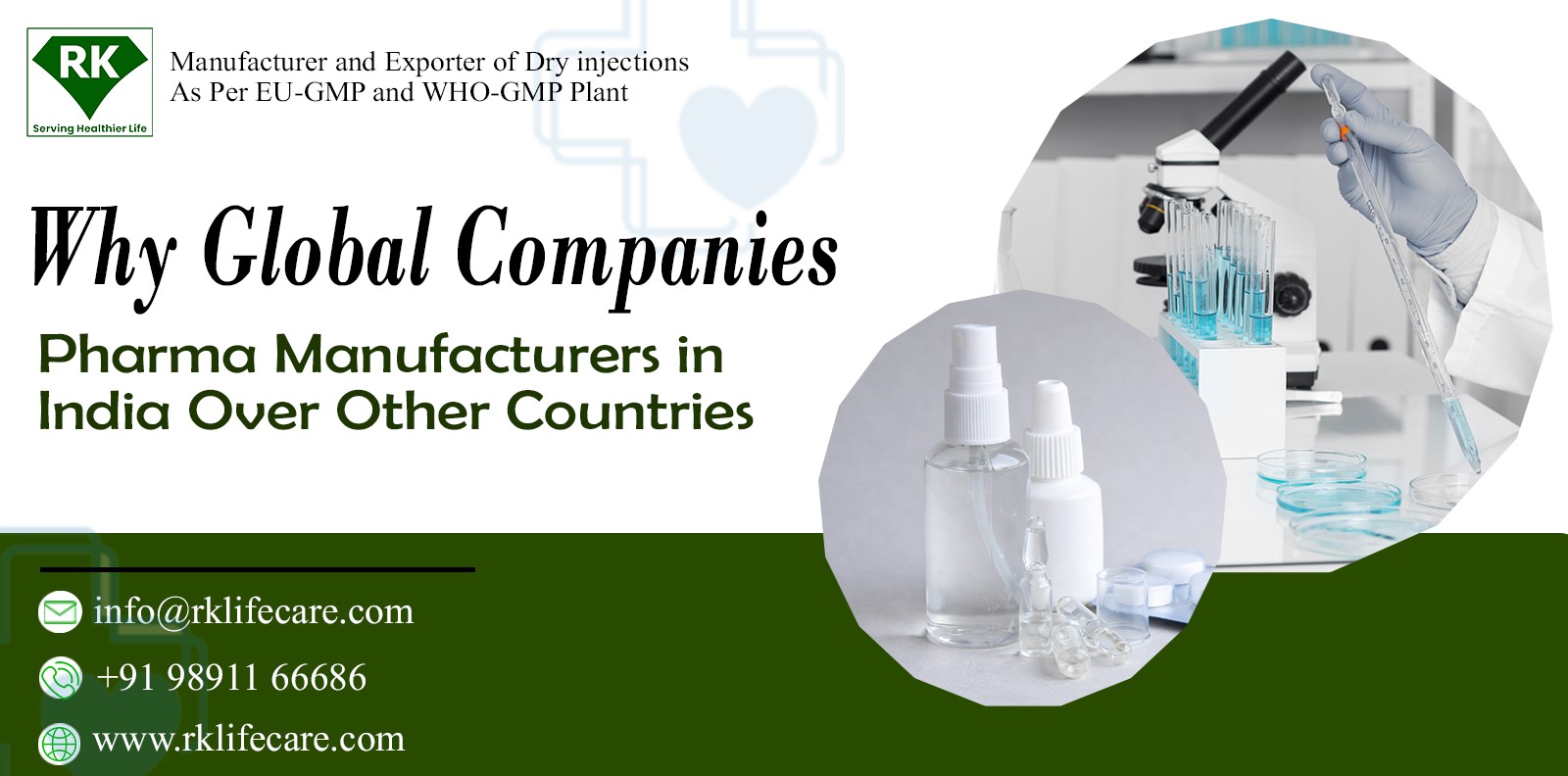
08 Jan 2026
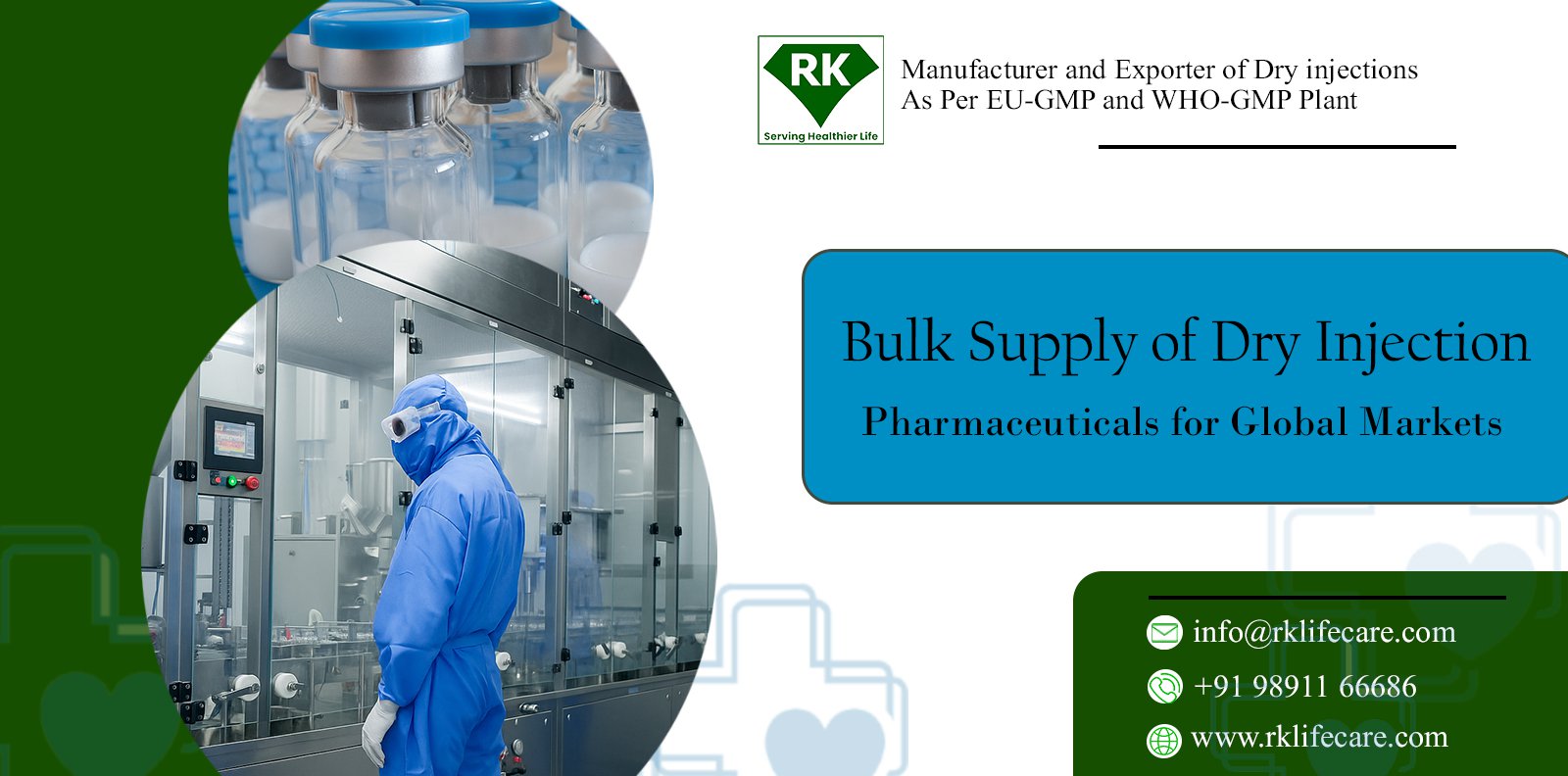
06 Jan 2026

03 Jan 2026
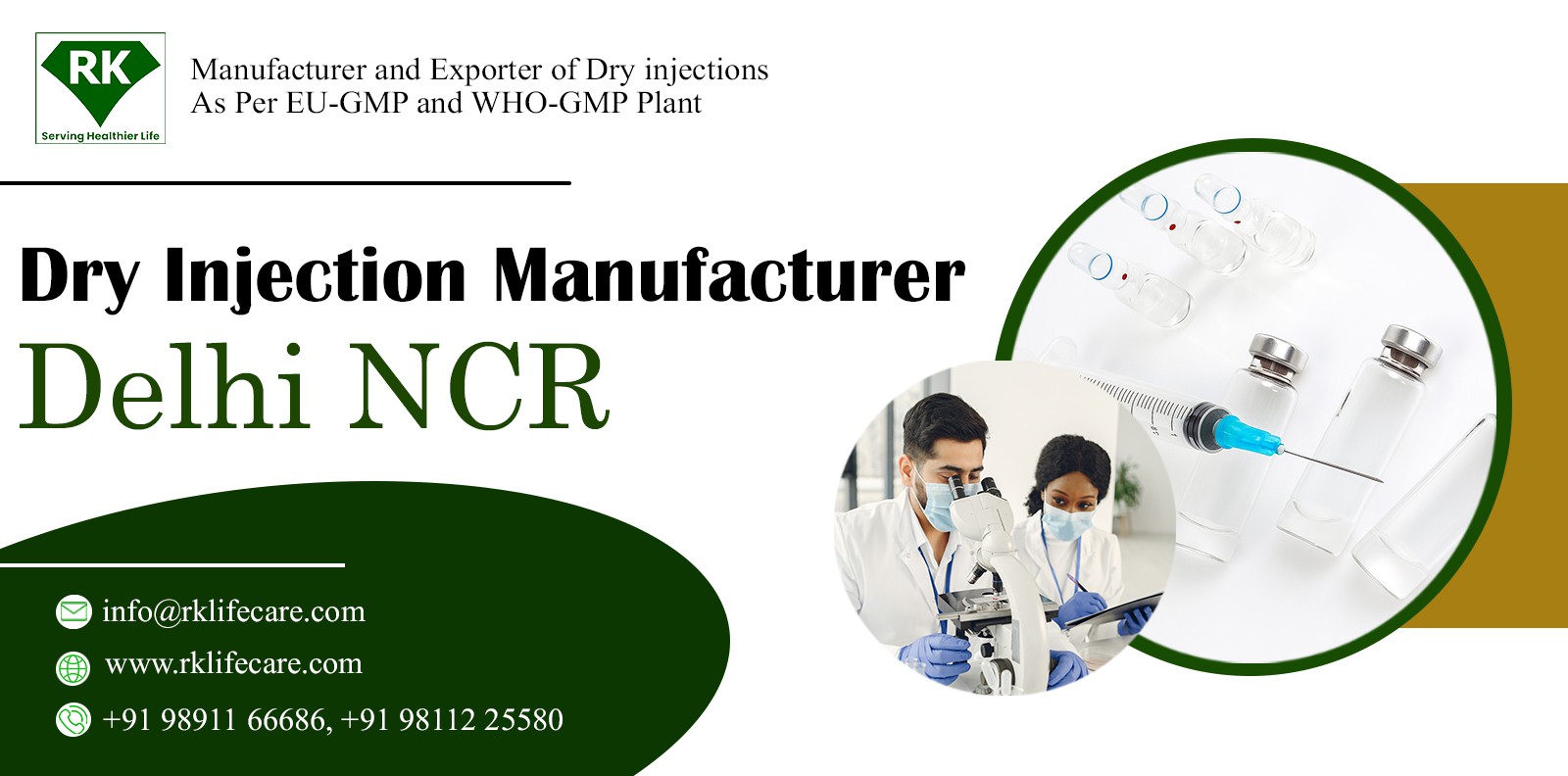
29 Dec 2025